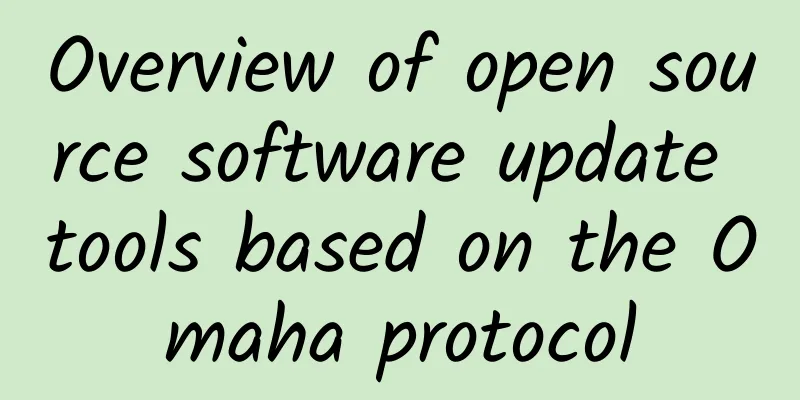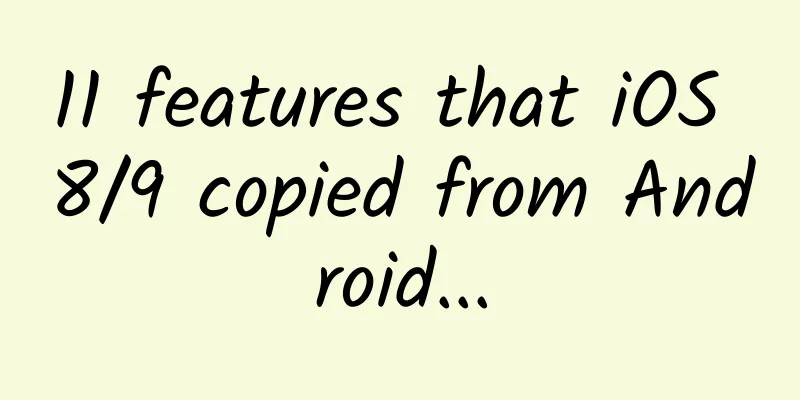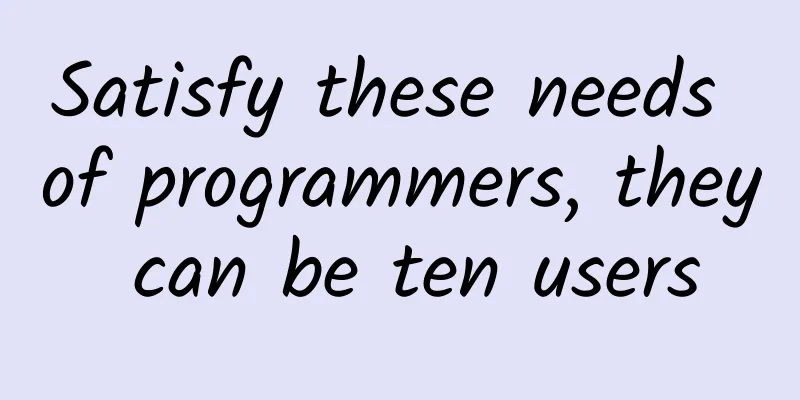Overview of open source software update tools based on the Omaha protocol

|
Once a piece of software is installed on a user's system, how do we keep it up to date? While Linux users often use package management systems to get the latest versions from selected repositories, users of other systems are often not so lucky. In view of this, we developed an open source tool to achieve this goal, which is based on the Omaha open source license from Google. A few years ago, Google released an open source protocol called Omaha (also known as Google Update) as part of its Chromium project, which aims to help users complete the complex desktop software update process in an easier way. At present, Omaha is mainly used in various Google products, such as Google Chrome or Google Earth. Its Google Update system mainly plays a role in the field of Windows software, aiming to realize the automatic update process; the Linux version of Google software still relies on the various package managers that come with the Linux distribution. The main advantage of Google Update is that the framework can be integrated into any software that needs to support automatic update functions, and has the ability to manage various new patches and updates from a single source (and collect error reports). Google has released a generic client that supports the Omaha protocol. The server implementation of the client has not yet been released, and users need to use a basic version with basic common command support to integrate Google Update into their own software. The company I work for wants to help develop a custom Chromium-based browser, so we developed and released an open source version of its server so that potential users of the Google Update system will have full access to the process and can integrate the solution with their own software very smoothly. In addition to the Omaha protocol, our implementation includes support for Sparkle, a popular update framework for Mac OS X software. We also integrate our implementation with an administrator panel to simplify version management, alpha and beta upgrades, and bug reporting tools. We have been paying close attention to its deployment process and helping users set up a production or development environment with simple commands. In the end, we chose the open Docker platform, which not only makes the distribution process more flexible, but also allows users to run the image in an isolated environment on any given server. You can easily deploy it in any cloud environment. To share the Omaha server with more people, we have developed a demo solution (click here) that includes more details, complete documentation, and examples shared through GitHub, and we are accepting project contributions from enthusiastic participants. For this client, we forked Google's implementation to maintain compatibility with modern versions of Visual Studio and improve the user experience while integrating the process. However, according to Chromium's mass notification email, the Google client is still under development, so the system results are only applicable to internal environments, which means that the company will not release *** patches in the next few years. The current client version does not support some protocol functions, such as CodeRed (allowing users to restore the original version after a failed installation). The client version is also hosted in an independent library in GitHub, and all source code is released under the Apache 2.0 license. We hope that our solution can simplify the daily work experience of open source enthusiasts and corporate customers, help everyone build their own infrastructure on Chromium OS or Chrmium browser, and bring a server/client solution chain suitable for production environments. In addition, you can also regard this system as an efficient update solution suitable for projects with more complex update processes. |
<<: Design idea: open source offline map application on Android platform
>>: Touch Technology helps the completion of the "Xiamen Game Innovation Center Project"
Recommend
Gaoyun Contract: Civil Code Edition "Enterprise High-Frequency Contract Writing, Review and Revision Series" Value 299 yuan - Baidu Cloud Download
This set of courses comes from Gaoyun Contract: &...
Where is safer on a smoggy day? Three dads try out the PM2.5 detector
It was not until December that we realized that t...
How to promote and operate App?
In recent years, mobile Internet has developed ra...
Why is the market still flocking to Apple Watch despite its sky-high pre-sale prices?
Apple Watch officially started accepting pre-orde...
Snapdragon 400 series features analysis
Dual micro-architecture, 14 models in use The Snap...
The ups and downs of the stock market: all caused by WeChat groups and Moments
This new bull market in A-shares started from 2,0...
Why are used car e-commerce companies so keen on "advertising"?
Starting from a few days ago, you can already see...
Detailed explanation of Java thread mechanism and thread scheduling principle for Android performance optimization
[[414446]] This article is reprinted from the WeC...
Activities and icons in the Android application life cycle
Add navigation style to your Android mobile app T...
The Ministry of Industry and Information Technology announced the removal of 48 apps that infringed on user rights
[[411025]] On July 12, the Ministry of Industry a...
Imitating MJ teacher iPad version of Meituan (Swift version)
Source code introduction: Imitating MJ teacher iP...
OPPO Pad 2 all-round tablet review: audio and video, entertainment, light office, all in one
In 2010, the tablet computer was born under the c...
What is the specific situation of not giving homework to students other than junior high school and senior high school students? Why?
On March 12, the Beijing Education System Epidemi...
The nicknames of the Winter Olympics venues are all about Chinese romance!
The "Water Cube" has been transformed i...
Is Toutiao’s promotion effective? How much does it usually cost?
Toutiao promotion is a combination of information...









